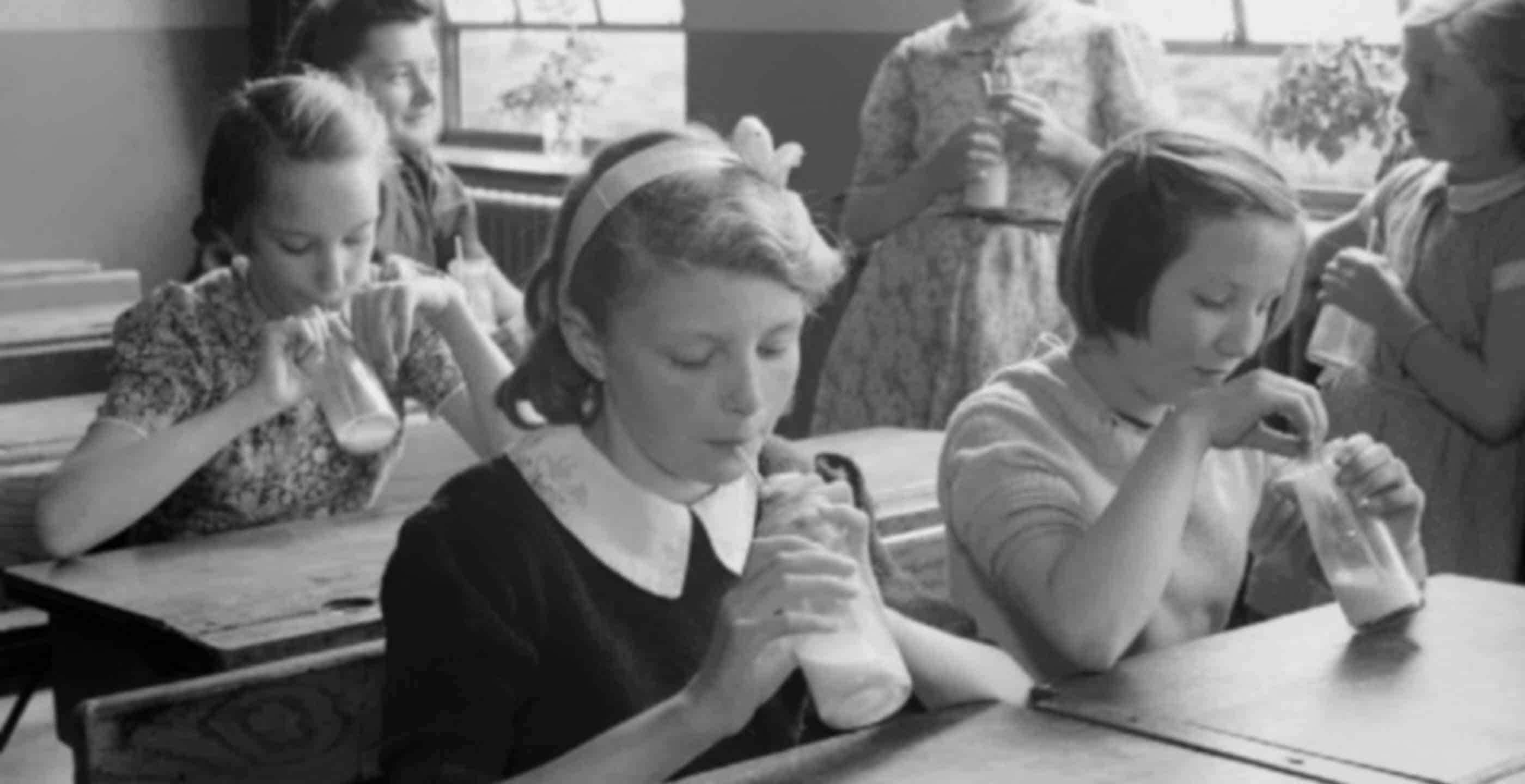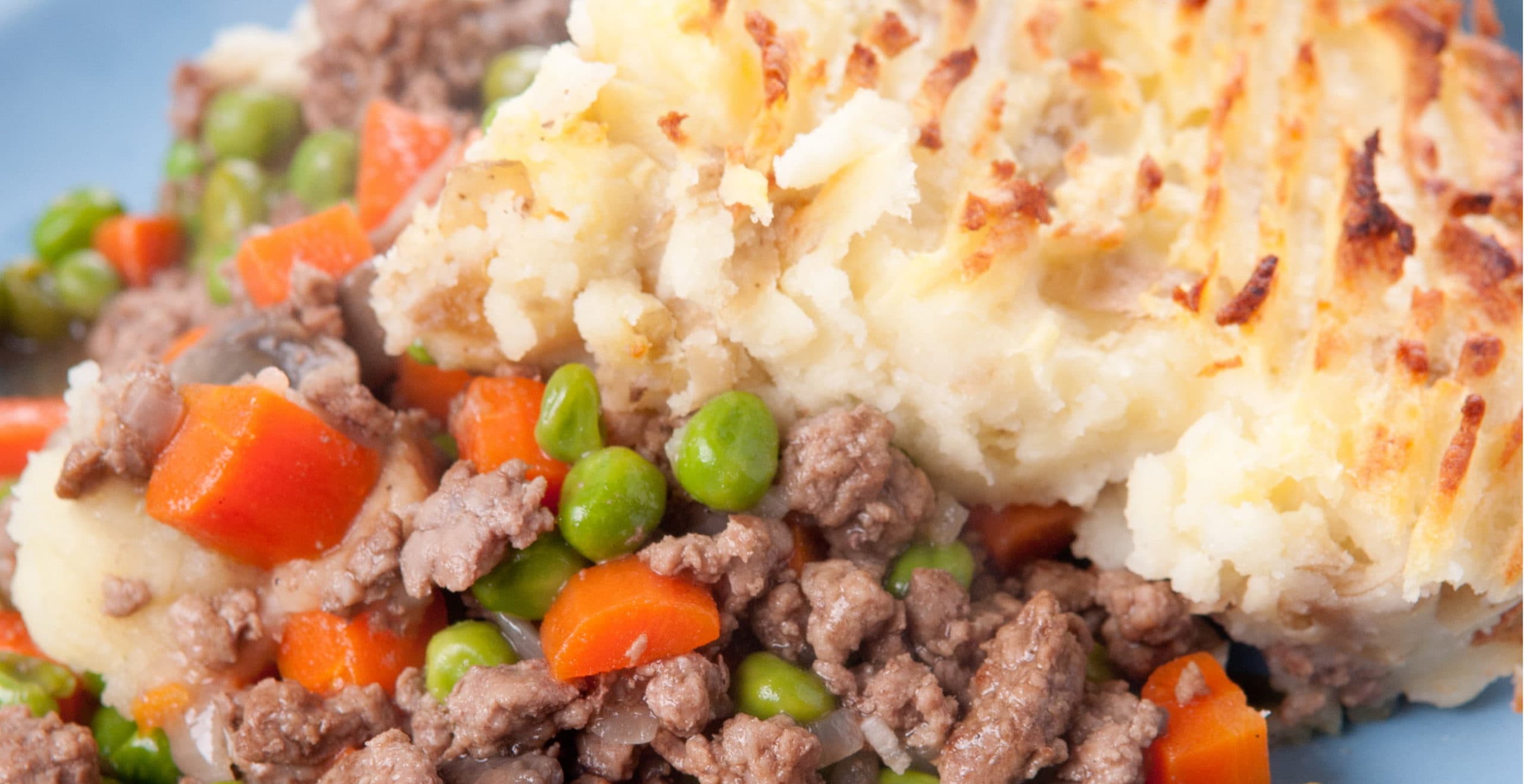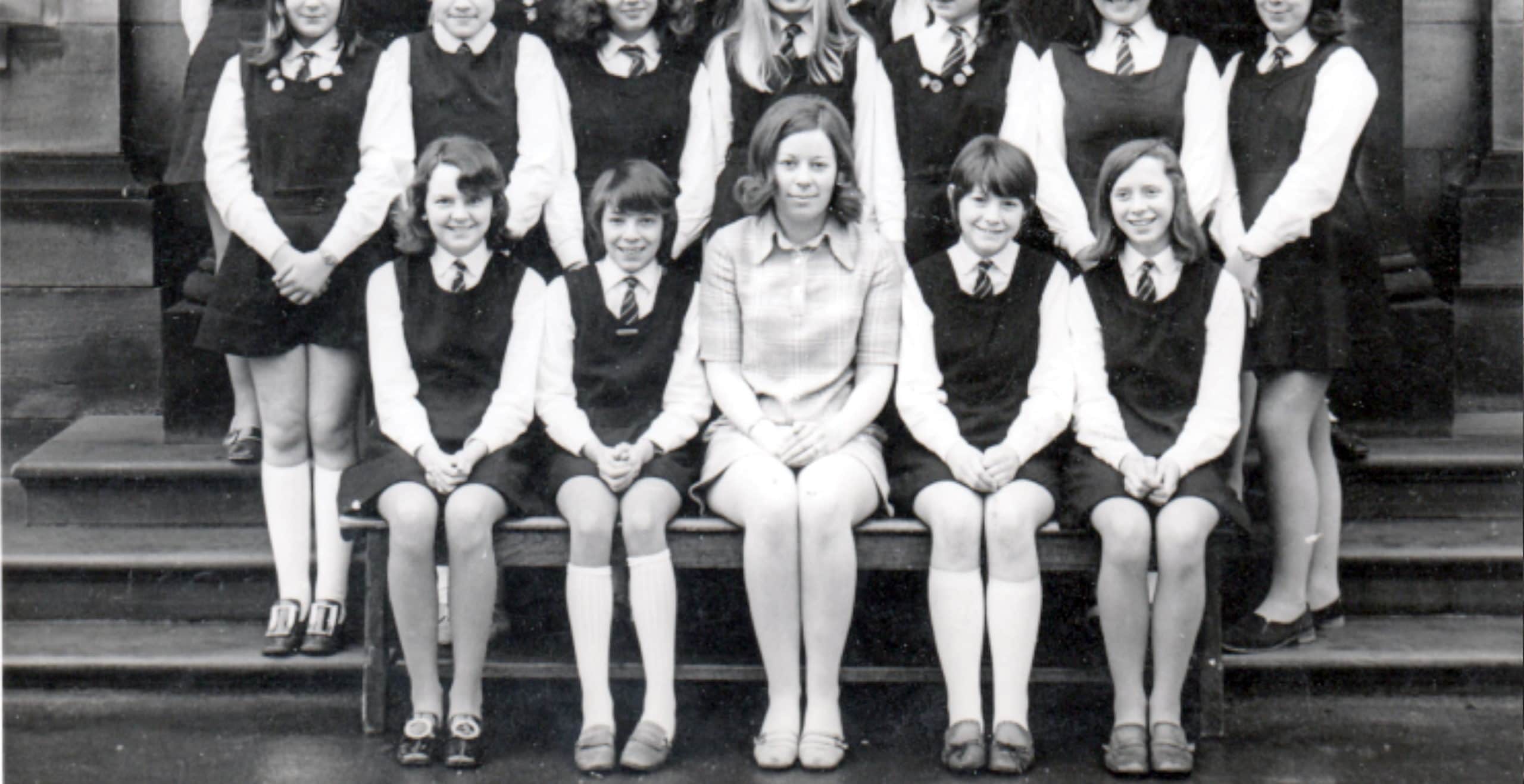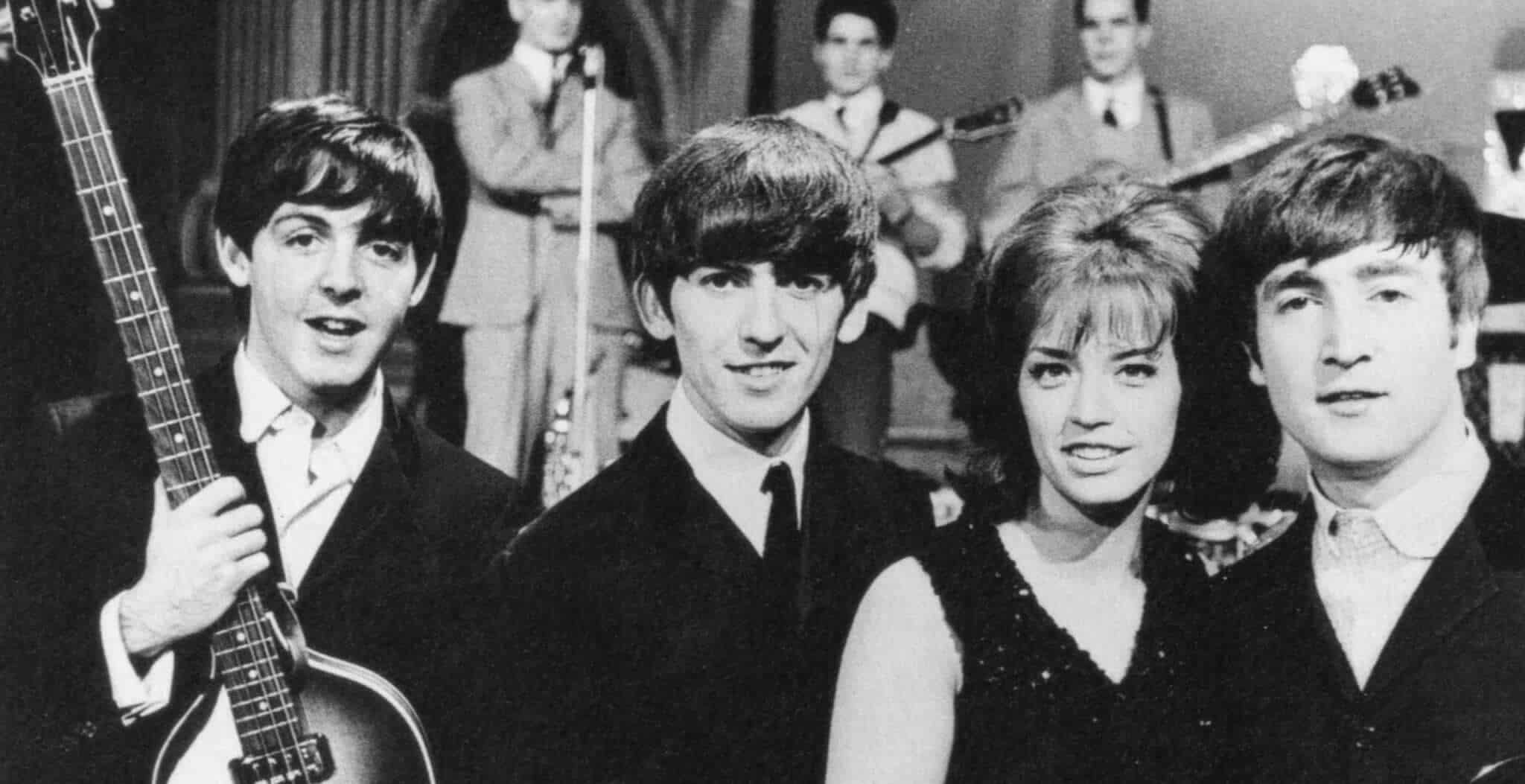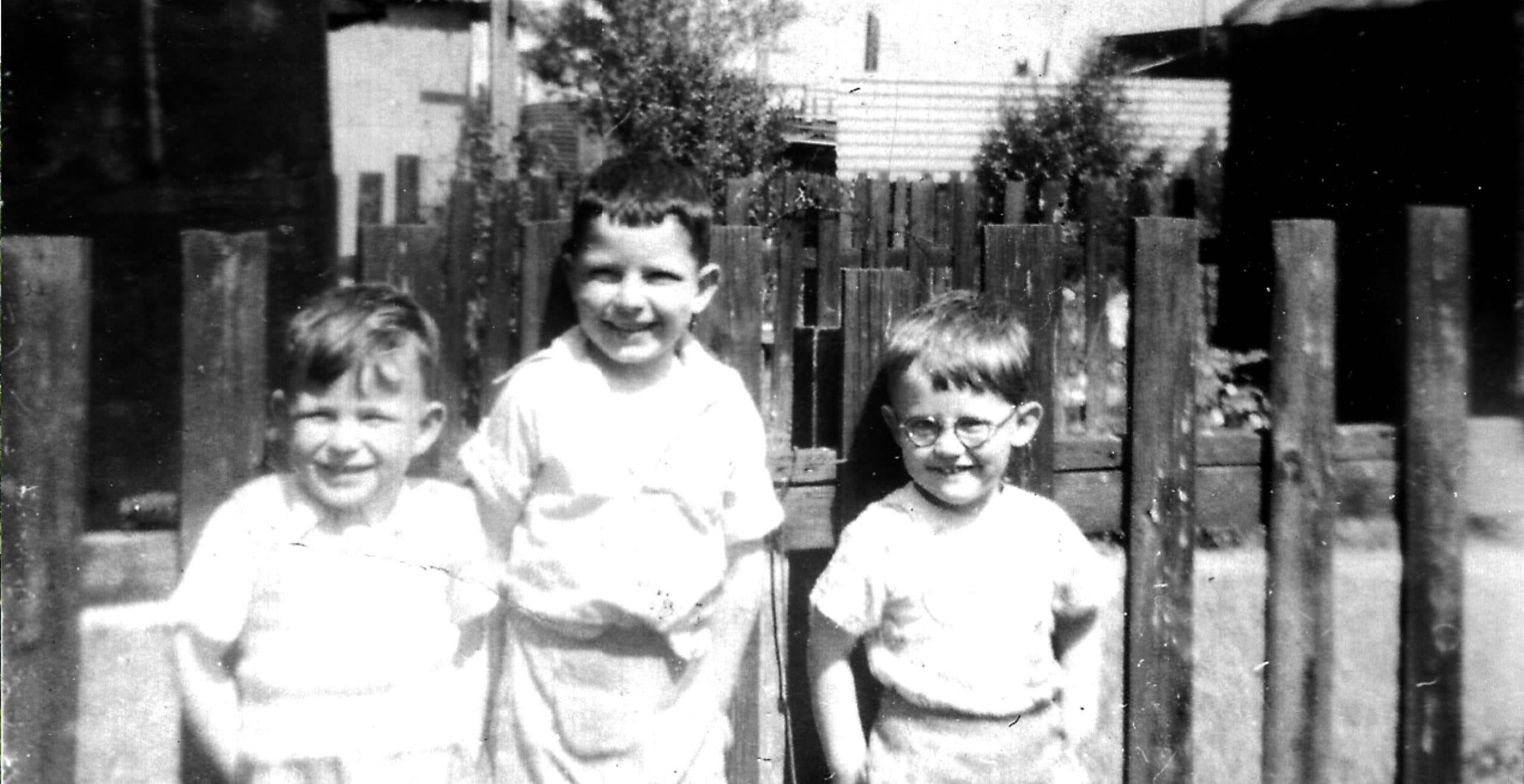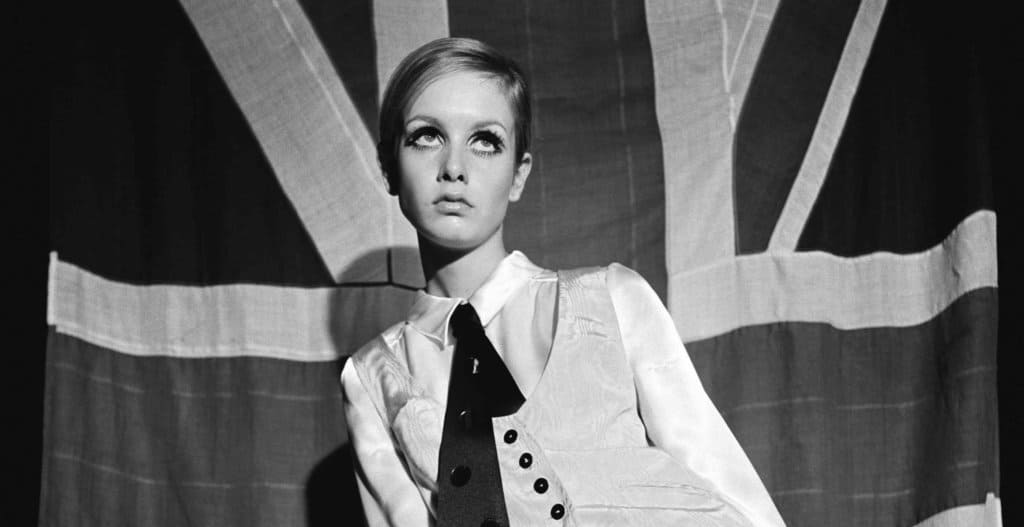We all have strong memories of our first few days at primary school, although nowadays most children tend to go to pre-school, so it is not such a shock to the system for them as it was for the children of the 1960s!
In the 1960s there were no state pre-schools or nurseries, so for most children just turning 5 years old, their first day at school was the first time they had been on their own, away from home. Most mothers did not work outside the home, so for many children this was also the first time they had been apart from their mothers. Consequently the first day of school was a very tearful event for both child and parent!
Having got over the first pangs of separation, school life soon fell into a predictable routine. School milk was part of this routine, uniformly detested by all children. In Post War Britain school milk, a third of a pint per child, was introduced in schools to supplement the child’s diet. In 1971 school milk for the over-sevens was withdrawn by Margaret Thatcher, then Secretary of State for Education – for this she was dubbed ‘Thatcher, Thatcher, Milk Snatcher’ in the press. During the harsh winter of 1962-3, or the big freeze of 1963 as it became known, it was a common sight to see the small crates of milk outside the school gates with the shiny bottle tops standing proud above the bottles on a column of frozen milk. Of course the only way to defrost the school milk was to place it by the radiator, and then the poor children were forced to consume watery, lukewarm milk. And forced they were – “milk is good for you child, you WILL drink it all up!”
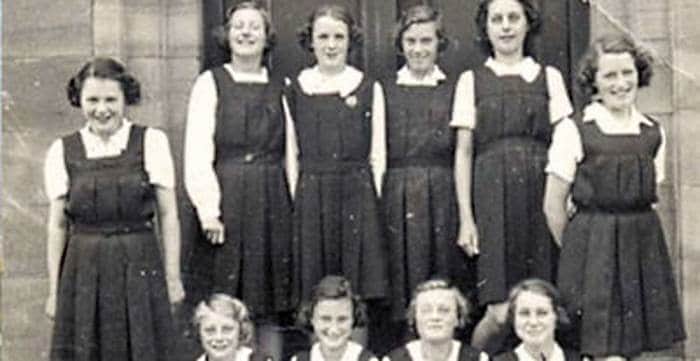
The School Broadcasting Council for the United Kingdom had been set up in 1947 and the wireless or radio played a great part in the education of school children in the 1960s. ‘Music and Movement’ was one such programme and all over the country in school halls, children could be found leaping and stretching to the commands on the radio. ‘Now children we are going to sway like trees in the wind’ would be the instruction on the radio and all the children, boys and girls, would begin to sway with their arms in the air. There was no ‘gym kit’ in primary schools so the children just removed their outer clothes and did P.E. in their vests, knickers or underpants and bare feet or pumps (usually purchased from Woolworths).
Another such programme was ‘Singing Together’ where the class would gather to sing traditional folk songs and sea shanties such as ‘Oh soldier, soldier, won’t you marry me’, ‘A-Roving’ (see below), ‘Michael Finnegan’, ‘The Raggle-Taggle Gypsies’ and ‘Oh No John’. However, when as an adult you examine the content and meaning of some of these old folk songs, whether they were indeed suitable for the under 11s is another question!
Visits from the school nurse would break up the daily routine. The nit nurse used to make regular visits to check for headlice and all the children in each class would line up to be examined in turn, their hair being combed carefully with a nit comb to see if there was any infestation. There were also routine eye and hearing tests, and visits from the school dentist.
There was also the polio vaccine, given at school to every child on a sugar lump. Measles, German Measles and Mumps were not vaccinated against; most children contracted these diseases in childhood. German Measles, or Rubella, can affect unborn babies in the womb if contracted in pregnancy, and so if a girl in the class caught German Measles, it was not uncommon for her mother to throw a tea party for the rest of the girls so they could also catch the disease.
 Class sizes in the 1950s and early 1960s were large, often over 30 children to a class, as these were the ‘baby boomers’, children born after the Second World War. There were no classroom assistants, just the class teacher and so discipline was strict. It was quite common for a disruptive child to be rapped over the knuckles, on the buttocks or on the palm of the hand with a ruler.
Class sizes in the 1950s and early 1960s were large, often over 30 children to a class, as these were the ‘baby boomers’, children born after the Second World War. There were no classroom assistants, just the class teacher and so discipline was strict. It was quite common for a disruptive child to be rapped over the knuckles, on the buttocks or on the palm of the hand with a ruler.
In the 1960s this was very much ‘talk and chalk’ education, with the teacher at the front of the class and the children sitting at desks facing the board. Reading, writing and arithmetic (the Three ‘R’s) were very important, as was learning by rote. Times tables were learnt by chanting aloud in class and poetry such as Wordworths’ I wandered lonely as a cloud’ would be learnt by heart for homework. Neat hand writing was seen as very important and practiced daily. Nature study was popular and often the only science taught at primary school, with children being asked to bring in things such as leaves and seeds for the teacher to identify and then to use later in art and craft work.
There was also a strong sense of being British; of dancing around the maypole for May Day, singing traditional folk songs and learning about the history, geography, flora and fauna of Britain and the Commonwealth.
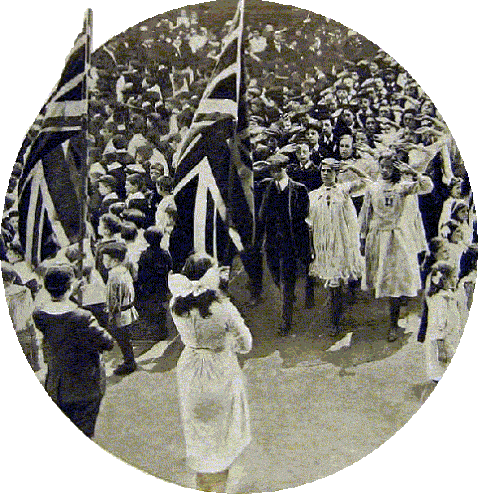
Of course this was also the age of the 11-plus, a series of tests and exams that the children in the top (oldest) class at junior school would take before moving on to secondary school. Pupils would practice previous papers in school in order to prepare for these tests, which included writing an essay, a maths paper and both verbal and non-verbal reasoning papers. The verbal reasoning would test a child’s command and use of English, whereas the non-verbal reasoning paper was designed to test a child’s IQ with a puzzles and problem-solving questions.
Always – and still so today – a contentious method of school selection, the 11 plus system did facilitate social mobility, as places at the grammar schools in the 1960s were allocated according to the results of these tests, and not on ability to pay. Prime Ministers such as Harold Wilson, Edward Heath, James Callaghan, Margaret Thatcher and John Major all went through the state grammar school system.
Published: 16th August 2015.
